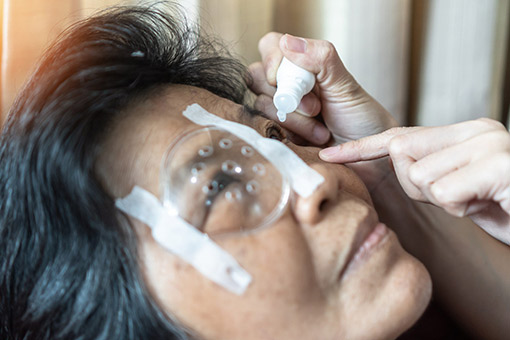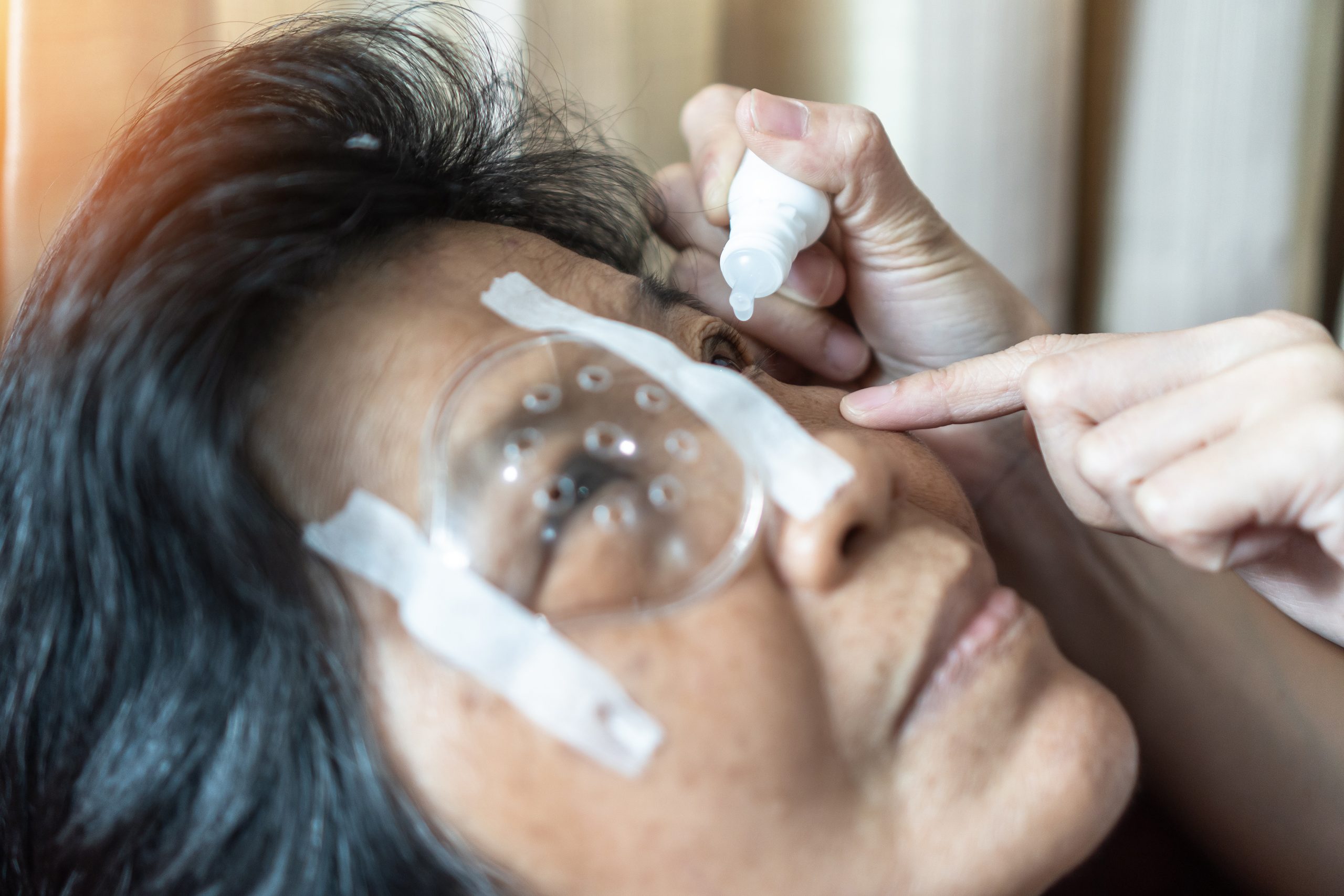Posted by: Eye Centers of Florida in Eye Health
Are You at Risk for Diabetic
Eye Disease? 1 In 4 Don’t Know
The CDC estimates that 1 in 4 people have diabetes, but don’t know it. That’s a serious problem — especially when you take into account that more than 1 in 3 diabetics aged 40 or older show symptoms of diabetic eye disease, which can rob you of your vision well before you’ve even noticed a single symptom.
Our team at Eye Centers of Florida believes that when it comes to eye care, knowledge is power. Below, you can learn more about diabetic eye disease, why you should be concerned about it, and how we can help you stay on top of your eye health!


What is Diabetic Eye Disease?
Diabetic eye disease, or DED, is actually a blanket term that covers several different eye conditions that are caused by diabetes. These include:
- Diabetic retinopathy
- Diabetic macular edema
- Glaucoma
- Cataracts
DED is often used synonymously with diabetic retinopathy or diabetic macular edema, but in reality, it actually encompasses these diseases. Put simply, if you have any eye disease caused by diabetes, you have DED.
 Diabetic Eye Disease Causes Irreversible Vision Loss
Diabetic Eye Disease Causes Irreversible Vision Loss
The back of the eye is comprised of important — and delicate — structures. These include the retina, the macula, which is the point on the retina that controls central vision, and the optic nerve.
Most conditions that fall under DED directly, and permanently, damage these structures:
- Diabetic retinopathy occurs when high blood sugar levels cause blood vessels in the retina to swell and leak, close off completely, or grow incorrectly
- Diabetic macular edema, which usually results directly from diabetic retinopathy, is when burst blood vessels leak into the macula
- Glaucoma describes when high pressure within the eye (intraocular pressure) presses on the optic nerve
- Cataracts permanently cloud the eye’s lens, causing increasingly blurry vision; unlike the above conditions, however, cataracts can be “fixed” by replacing the lens during cataract surgery

Diabetic Eye Disease Causes Irreversible Vision Loss
The back of the eye is comprised of important — and delicate — structures. These include the retina, the macula, which is the point on the retina that controls central vision, and the optic nerve.
Most conditions that fall under DED directly, and permanently, damage these structures:
- Diabetic retinopathy occurs when high blood sugar levels cause blood vessels in the retina to swell and leak, close off completely, or grow incorrectly
- Diabetic macular edema, which usually results directly from diabetic retinopathy, is when burst blood vessels leak into the macula
- Glaucoma describes when high pressure within the eye (intraocular pressure) presses on the optic nerve
- Cataracts permanently cloud the eye’s lens, causing increasingly blurry vision; unlike the above conditions, however, cataracts can be “fixed” by replacing the lens during cataract surgery
Catch DED With an Expert-Run Eye Exam
at Eye Centers of Florida
You’re unlikely to notice symptoms of diabetic eye disease until it’s too late. The good news, though, is that comprehensive eye exams can catch DED very early in its development — even if you don’t know that you have diabetes — and allow your eye care team to begin treatment that slows or halts its progression!
At Eye Centers of Florida, our extremely experienced ophthalmologists and optometrists conduct comprehensive eye exams that use the latest technologies and methods to screen you for any hidden or subtle signs of DED. Our team of eye doctors and eye surgeons have worked with diabetic patients long enough to be able to tailor our treatment plans and vision solutions to your unique needs.
If you have any concerns about your eye health and/or want to stay a step ahead of DED, please schedule an appointment online or call Eye Centers of Florida today!